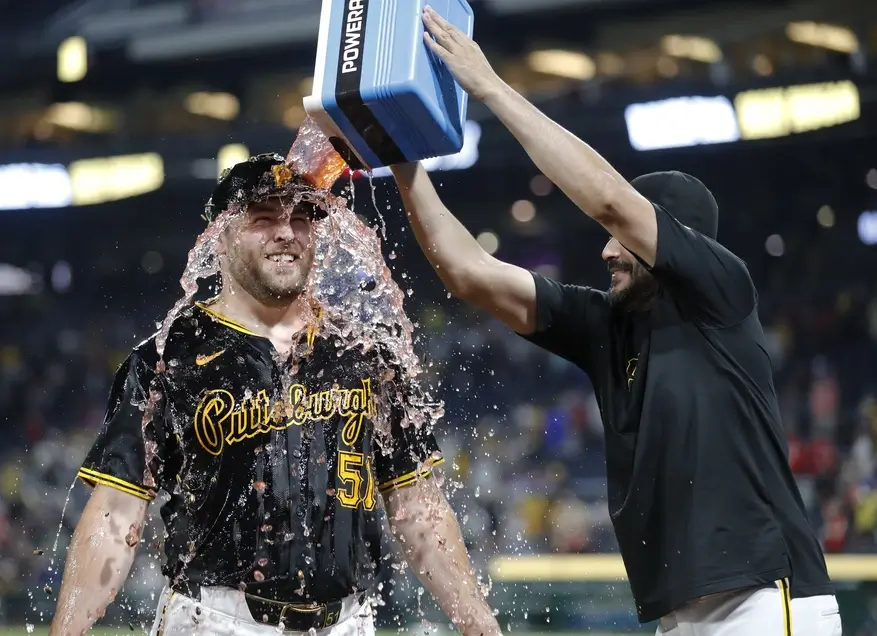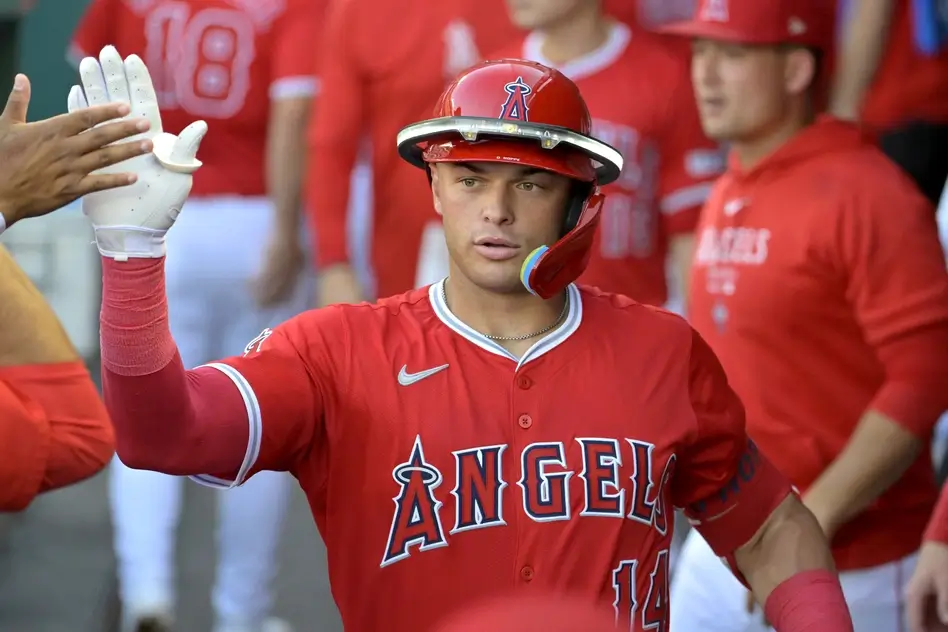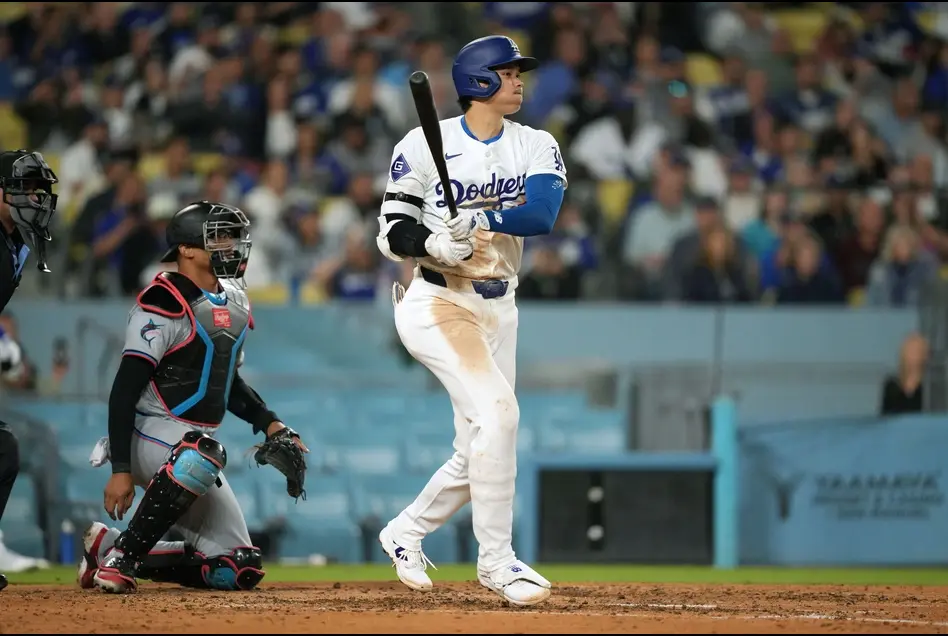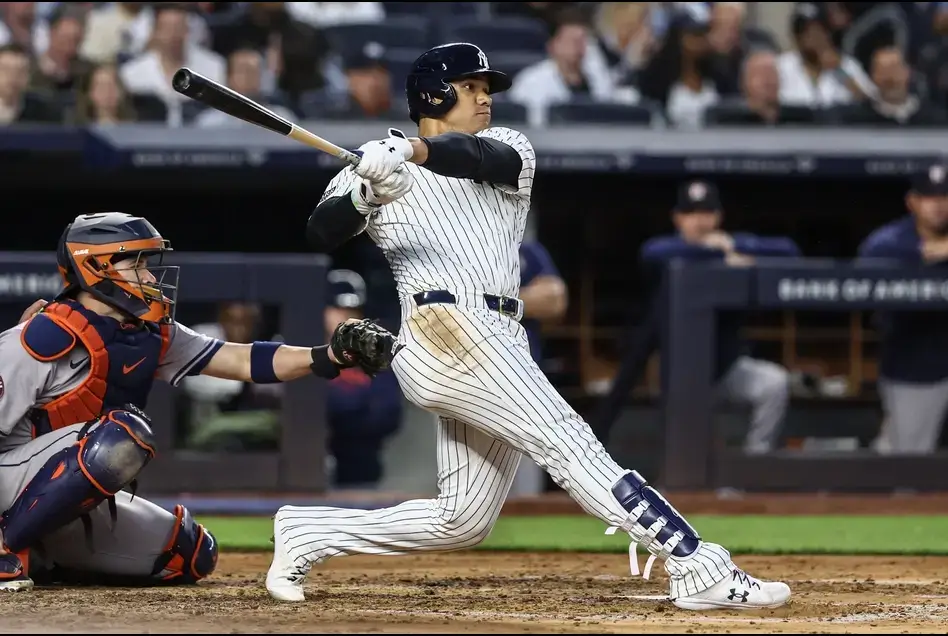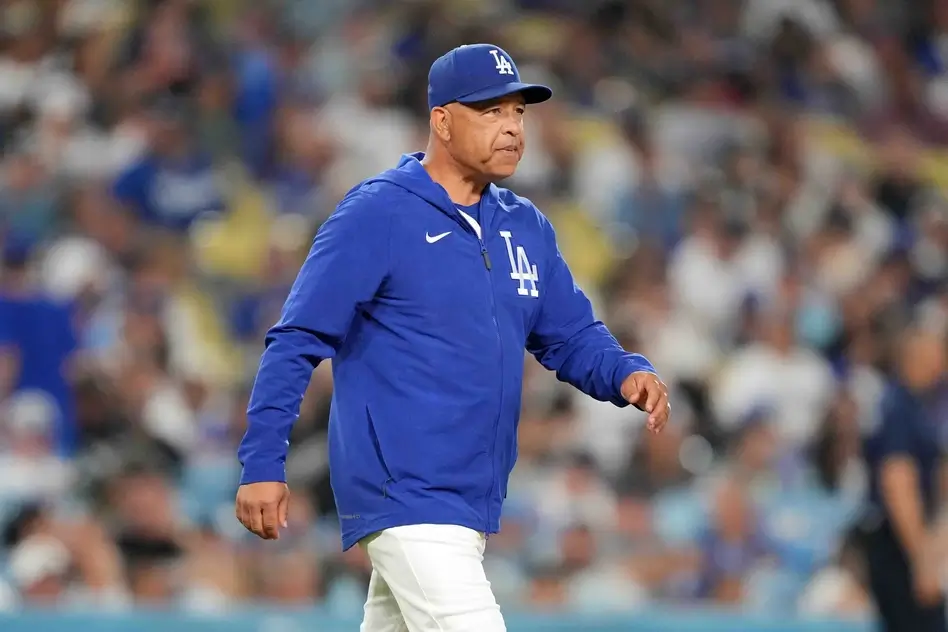Like any other sport, baseball is a business, and so there are MLB contract extension rules that have to be followed. At the same time, teams should be careful about when they give out extensions and what players get extensions. After all, some contract extensions have turned into some of the worst MLB contracts ever.
MLB contract extension rules explained
In recent years, early MLB contract extensions have become all the rage in baseball. Rather than waiting for players to get to free agency, teams have started to lock up their young stars to long-term deals as soon as possible. Some players have barely played in the big leagues before getting a long extension. This makes it even more important for fans to understand MLB contract extension rules.
When can MLB contracts be extended?
There are no limits regarding when a player who’s under contract with a team can have his contract extended. This is different for players who are free agents, who can’t sign with a new team until five days after the World Series. This allows their current team a small window to convince that player to stay. However, if a player remains under contract with a team, an extension can happen at any time.
Of course, extensions are far more likely to occur the closer the player gets to free agency. When a player is just one year away from free agency, it’s common practice to discuss a long-term extension with that player if the team wants to keep that player.
This helps the team to avoid having to bid against other teams when that player hits the open market. It’s also common for teams or players to set deadlines for negotiating such an extension, as some prefer not to discuss extensions during the season. However, players under contract can theoretically receive an extension at any time.
That being said, it’s also become common for young players to receive a long-term extension before they get anywhere close to free agency. Young stars like Ronald Acuna Jr. and Fernando Tatis Jr. both received massive extensions before they were even in the majors for two full seasons. There are also a few players who received an extension before making their big league debut.
Read more: MLB free agency explained
Can you restructure an MLB contract?
Restructuring contracts is common in other sports but a rarity in MLB. Technically, an MLB player can restructure his contract. However, the MLB Players’ Association won’t allow a player to restructure his contract unless it is to his benefit. In other words, the restructured contract would have to pay that player an equal or greater amount of money than his original deal.
On occasion, some players have offered to take less money. Most notably, Alex Rodriguez accepted a contract restructuring for less money while trying to negotiate a trade from the Rangers to the Red Sox. However, the union did not allow this to take place, and so Rodriguez ended up being traded to the Yankees with his contract still intact.
The best way to get around this caveat is by offering players deferred money. A player could restructure his contract so that he makes less money now but gets that money back later, often after their tenure as a player is over. This gives the team more financial flexibility while satisfying the union’s desire to have the player’s restructured contract be worth the same as the initial contract.
In fact, deferred money has become a common part of MLB contracts, especially for small-market teams signing free agents to long-term deals.
For instance, a player might agree to a 10-year deal with a team but continue to receive payments from that team for the next 20 years. His yearly salary might not be as high as it might be without deferred payments, but he continues to receive payment long after his playing days are over. By using deferred money from the start, there is less of a need for MLB teams and players to consider a restructured contract.
How do MLB rookie contracts work?
Rookie contracts have become a point of contention in recent years given the importance of young players in baseball. While there are some caveats based on when they get called up to the majors, rookies are essentially under six-year contracts once they reach the big leagues, assuming they don’t sign an extension. Once those six years have been fulfilled, that player becomes a free agent for the first time. Of course, most minor league contracts for young players last seven years, giving players seven years to get to the big leagues.
When players first reach the big leagues, most will make the league minimum, which was $563,500 during the 2021 season. After their first season in the majors, there is some opportunity to make a little more than the league minimum. However, players have little say over their salary and little opportunity to make more than the league minimum for their first three years in the majors because of the limitations of their rookie contract. Some teams will increase their salary in a show of good faith, but players have virtually no leverage when negotiating their contract during the first three seasons of their career.
After earning three years of service time, players become eligible for arbitration, which is their first opportunity to receive a substantial raise. Assuming their team tends them a contract for the following season, arbitration-eligible players can negotiate their salary for the following season with their team.
In most cases, the player and team will come to an agreement that both sides find fair for that player’s salary. However, there is a deadline for both sides to agree to a salary. If the team and player can’t come to an agreement, the case goes to arbitration. This is when the player submits his desired salary and the team submits its best offer for that player’s salary. Both sides argue their case in front of an arbiter, who decides whether or not the player will receive his preferred salary or the team’s proposed bid.
Read more about MLB salary arbitration here
There is no middle ground in an arbitration ruling; it’s either one or the other. However, negotiations can continue up until the date of the arbitration hearing to see if the two sides can agree to the same salary without going to arbitration. The process of going to arbitration is not ideal for either side, as it essentially pits a player against his team.
When a young player reaches arbitration, this is also a good time for teams to discuss contract extensions. It’s common practice for teams to offer extensions that will cover a player’s arbitration-eligible years, taking away any potential conflict in arbitration without delaying when that player becomes a free agent.
Rules for MLB contracts
The standard MLB contract is about eight pages long and covers a lot more than how much that player is supposed to be paid by his team. There are also rules that MLB players have to follow; otherwise, they might be found in violation of their contract, allowing the team to terminate the deal or recoup some of the money.
For starters, there is language in contracts that require players to keep themselves in “first-class physical condition.” It also requires that a player “pledges himself to the American public” and meet standards of “good sportsmanship.” Obviously, this language is open to interpretation, but it does force players to conduct themselves as professionals. The contract also states that the club can terminate the contract if the player fails to “exhibit sufficient skill” to earn a spot on the team, which is why clubs can cut ties with players when their performance dips below an acceptable level.
According to MLB contracts, players are also required to participate in “promotional activities” that “promote the welfare of the club.” In fact, players can’t make public appearances, do interviews, or promote products without getting permission from the club first. In other words, clubs don’t just pay for the performance of players but also their time in helping to promote the club.
There is also a slew of activities that players are forbidden from doing, according to their contract. Most of these activities include other sports like wrestling, boxing, and skiing, as well as other dangerous activities like sky diving and motorcycle racing. This clause has gotten a few players into trouble over the years.
Of course, these are just standard clauses in every MLB player’s contract. High-profile players are able to negotiate various details into their contracts that might be different from the average player. They might try to limit the number of promotional appearances they have to do or a no-trade clause. However, there are still rules in every MLB contract that have nothing to do with playing baseball that all players must follow.
[spreaker type=player resource=”show_id=3300147″ width=”100%” height=”200px” theme=”light” playlist=”false” playlist-continuous=”false” chapters-image=”true” episode-image-position=”right” hide-logo=”false” hide-likes=”false” hide-comments=”false” hide-sharing=”false” hide-download=”true”]



